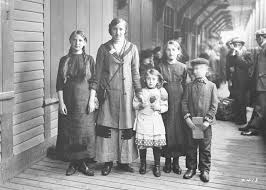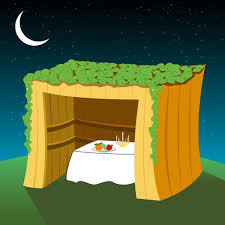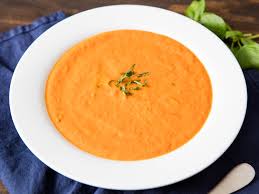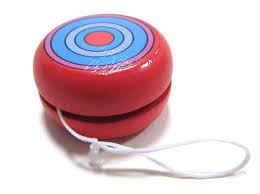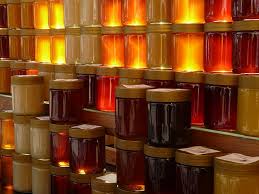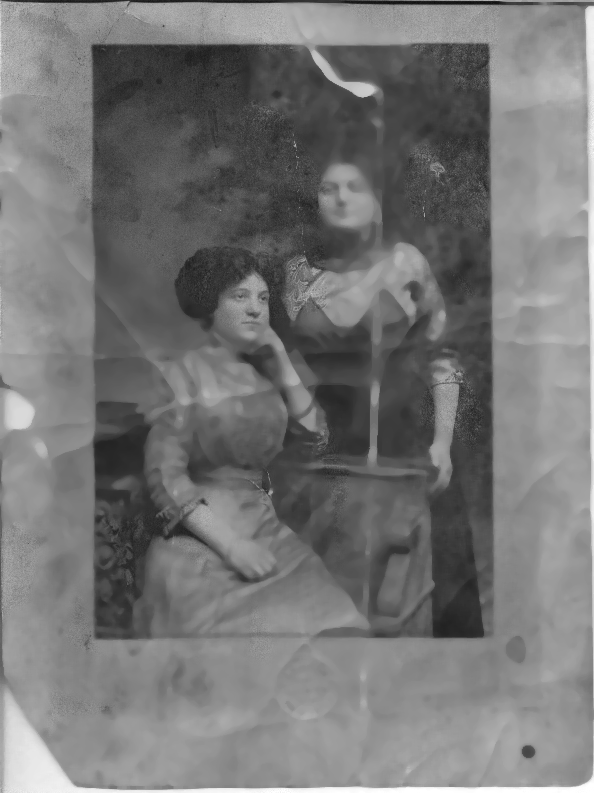A Storm of Chesed

“The clouds moved so quickly that it was like watching a video on fast-forward,” said my cousin Mark Rosenthal about Hurricane Irma. Mark, a dentist in Parkland, Florida, will be making a lot of guacamole in the next week or two. At least 20 avocadoes were blown off his backyard tree, leaving just two hanging on. Fortunately, other than the avocado cascade and a few other unexpected landscaping changes, his house was undamaged.
This was fortunate because his elderly mother and four friends (along with two dogs) weathered the storm with him. Sheltered inside with hurricane shutters blocking any view of the outside, they, like so many others in the area, went without power for several days, and sat in the heat with only candles for light. By the second or third day post-hurricane, the others left for home or places that had air conditioning.

